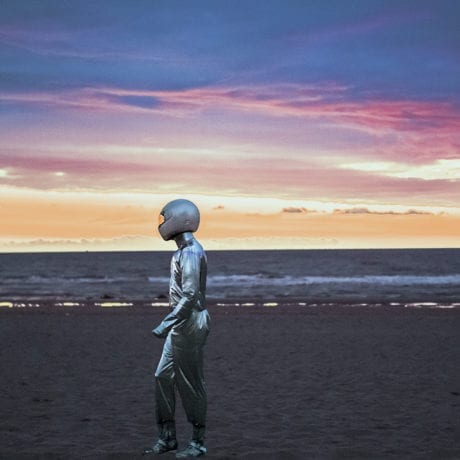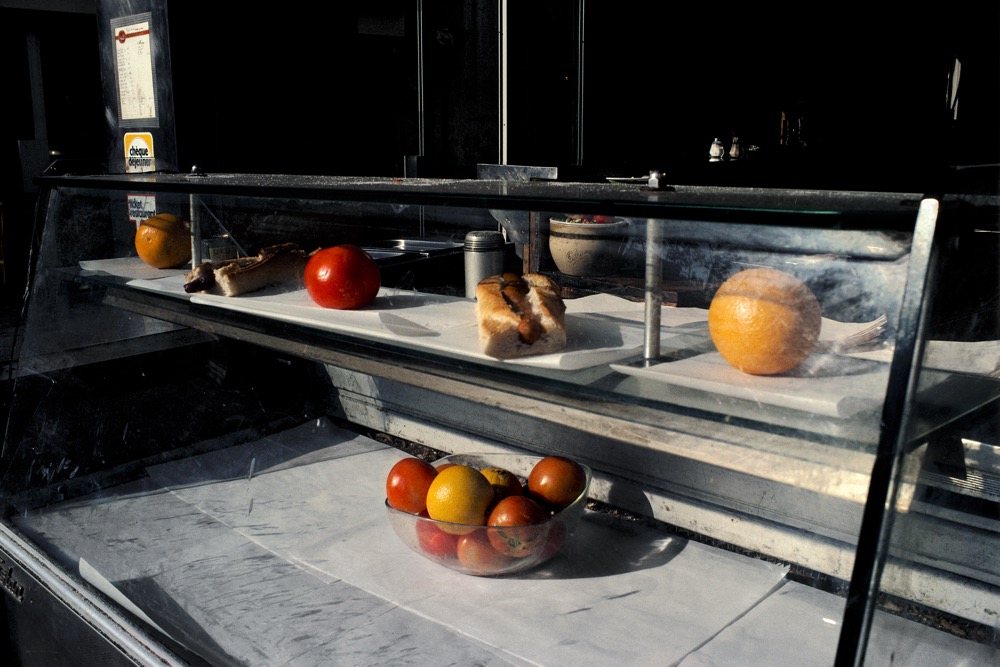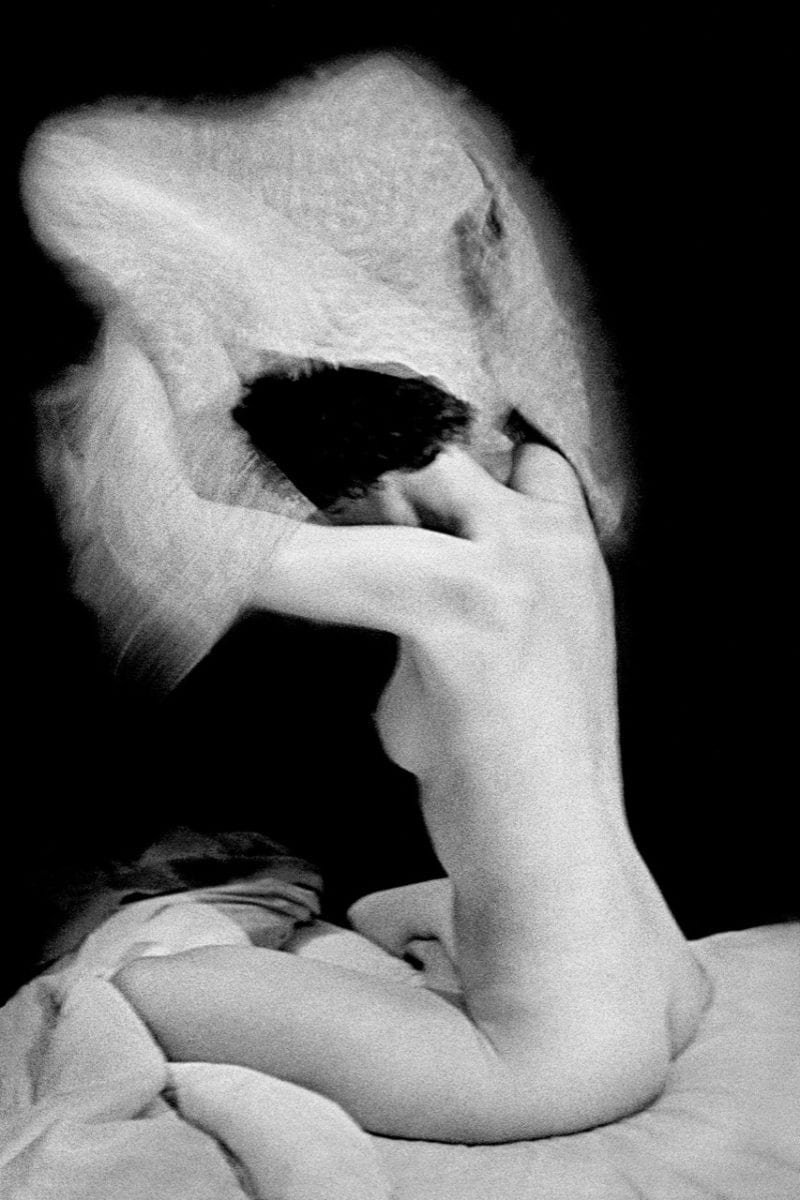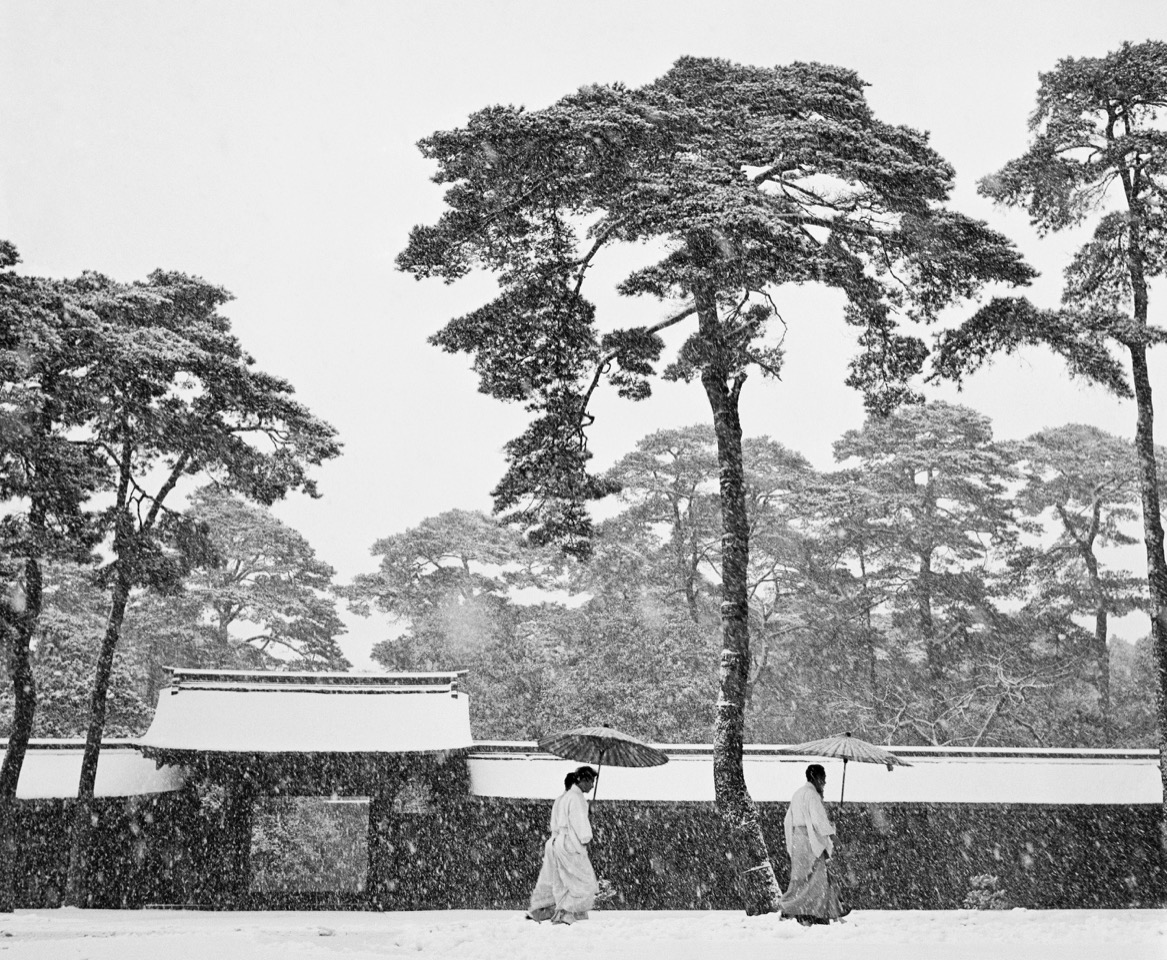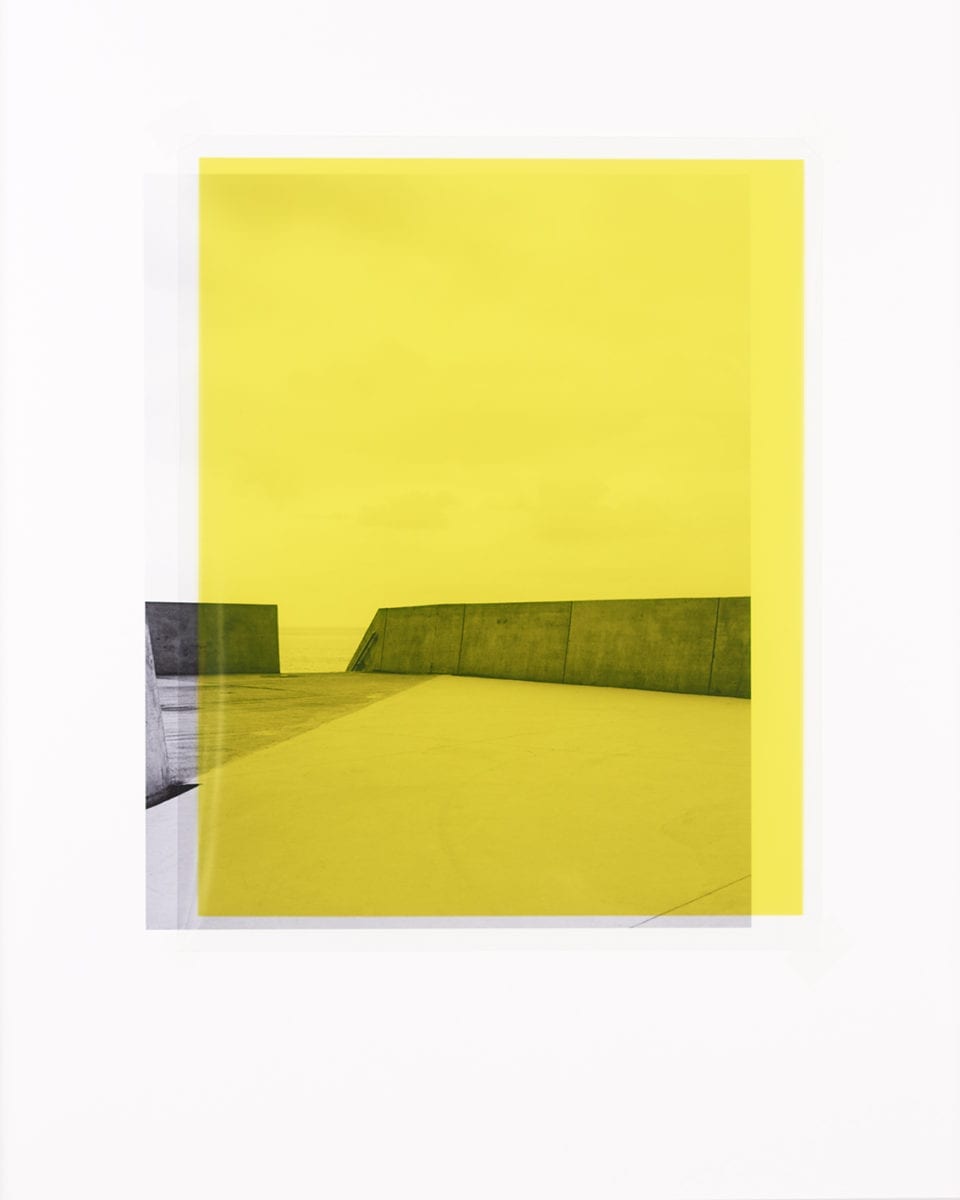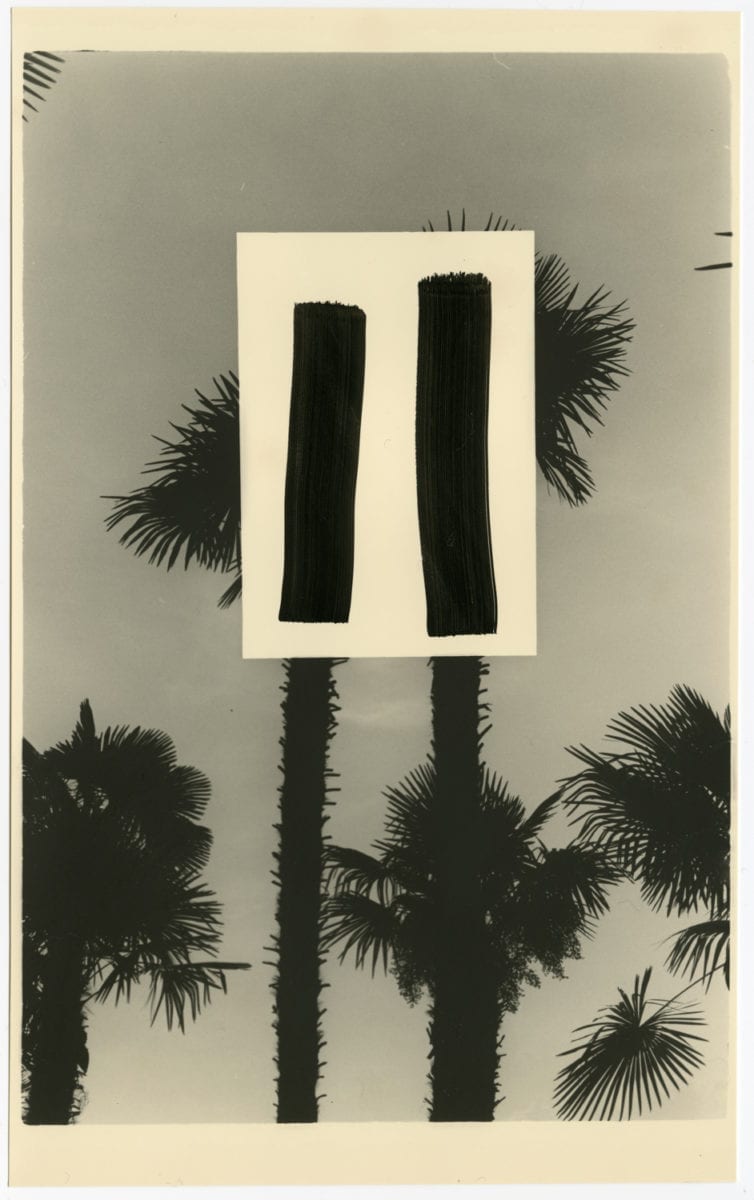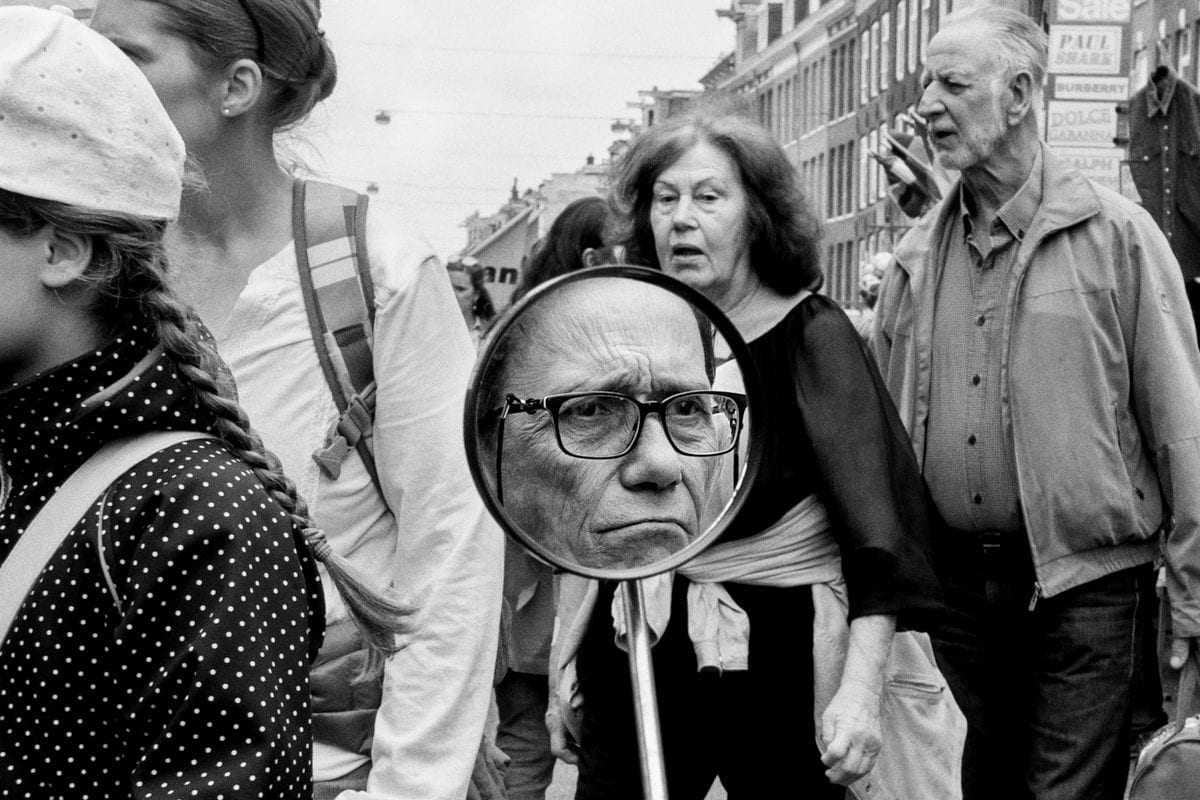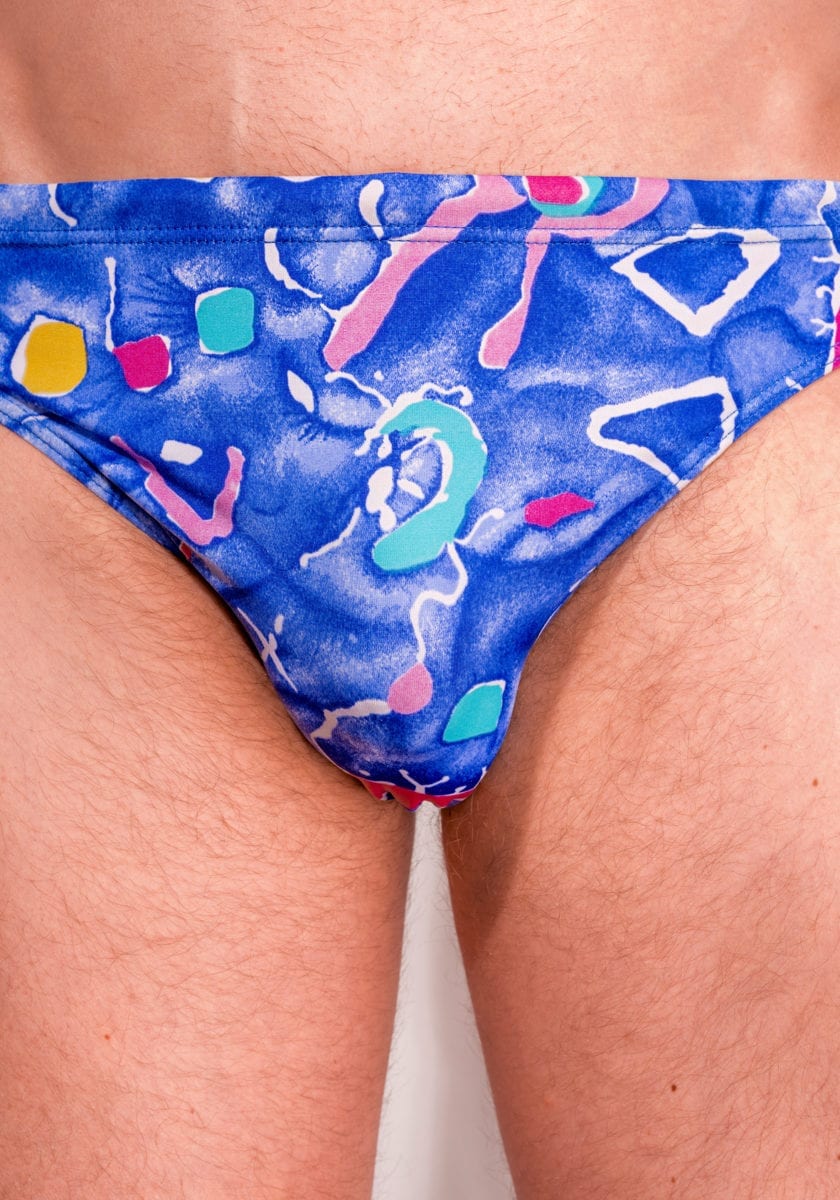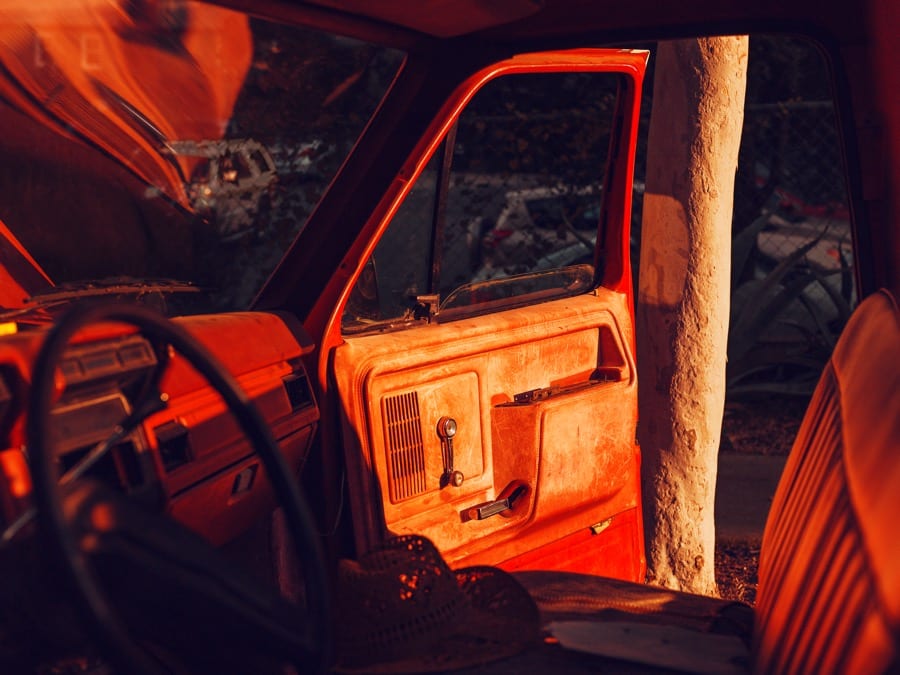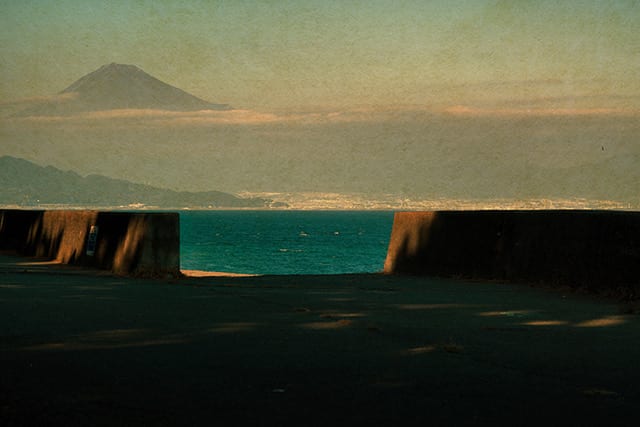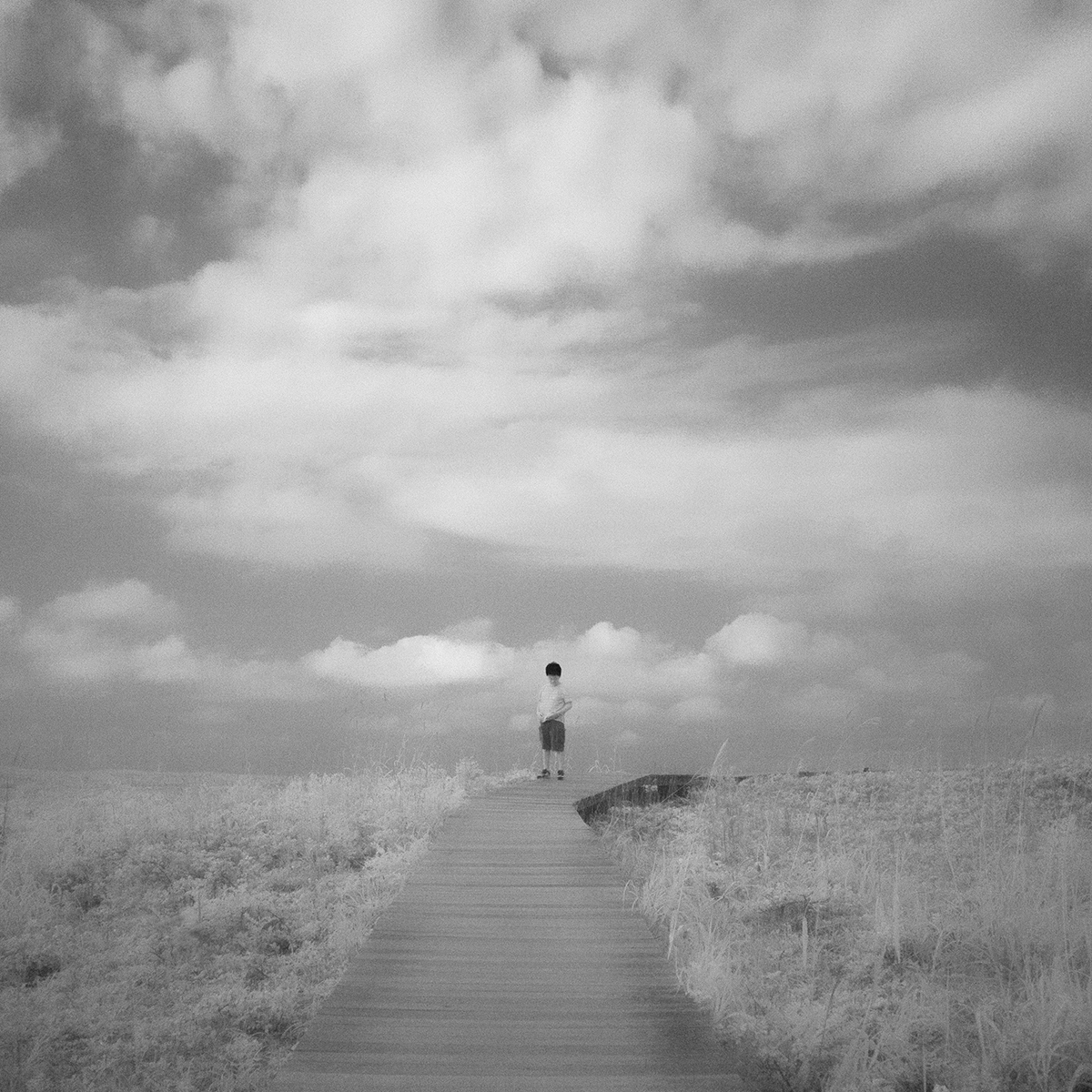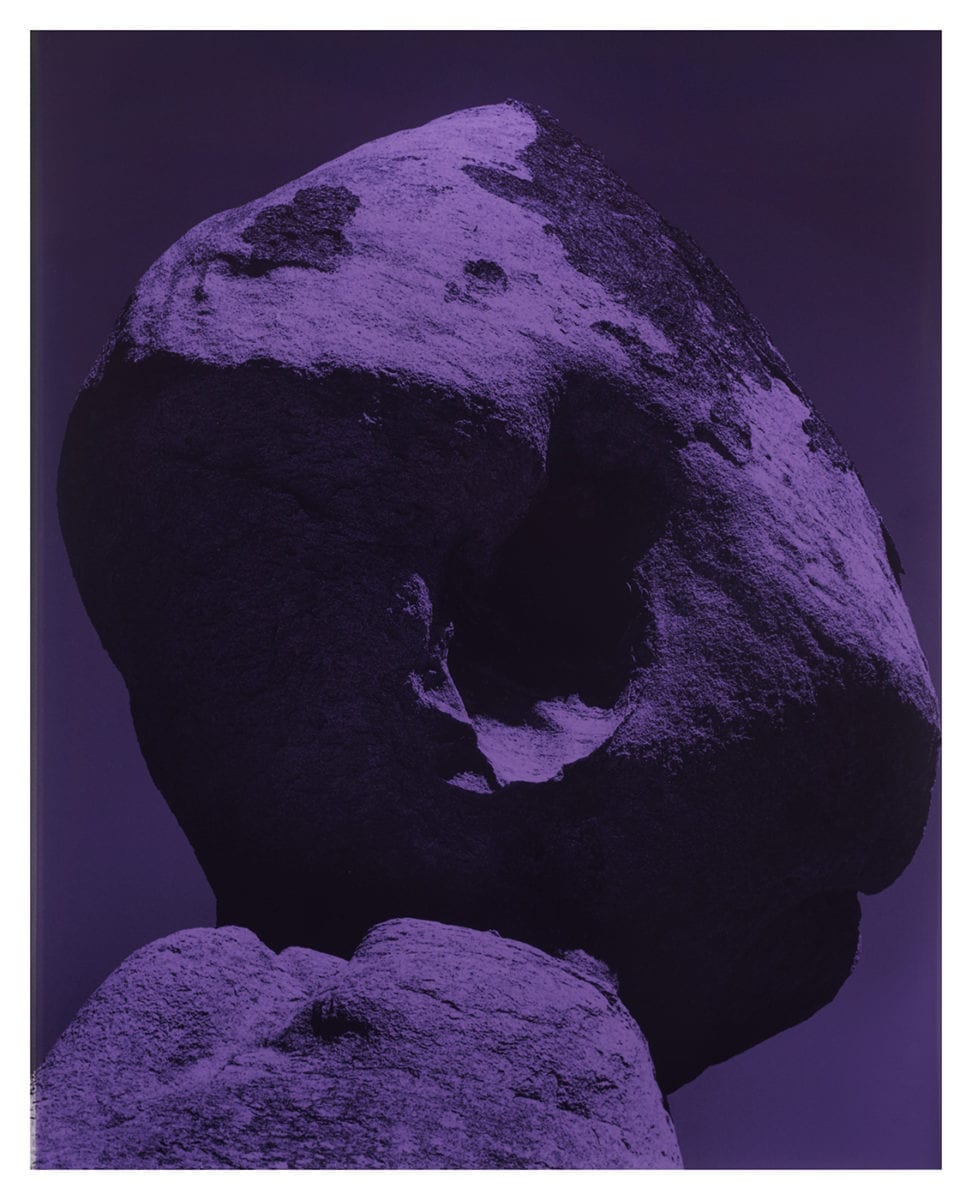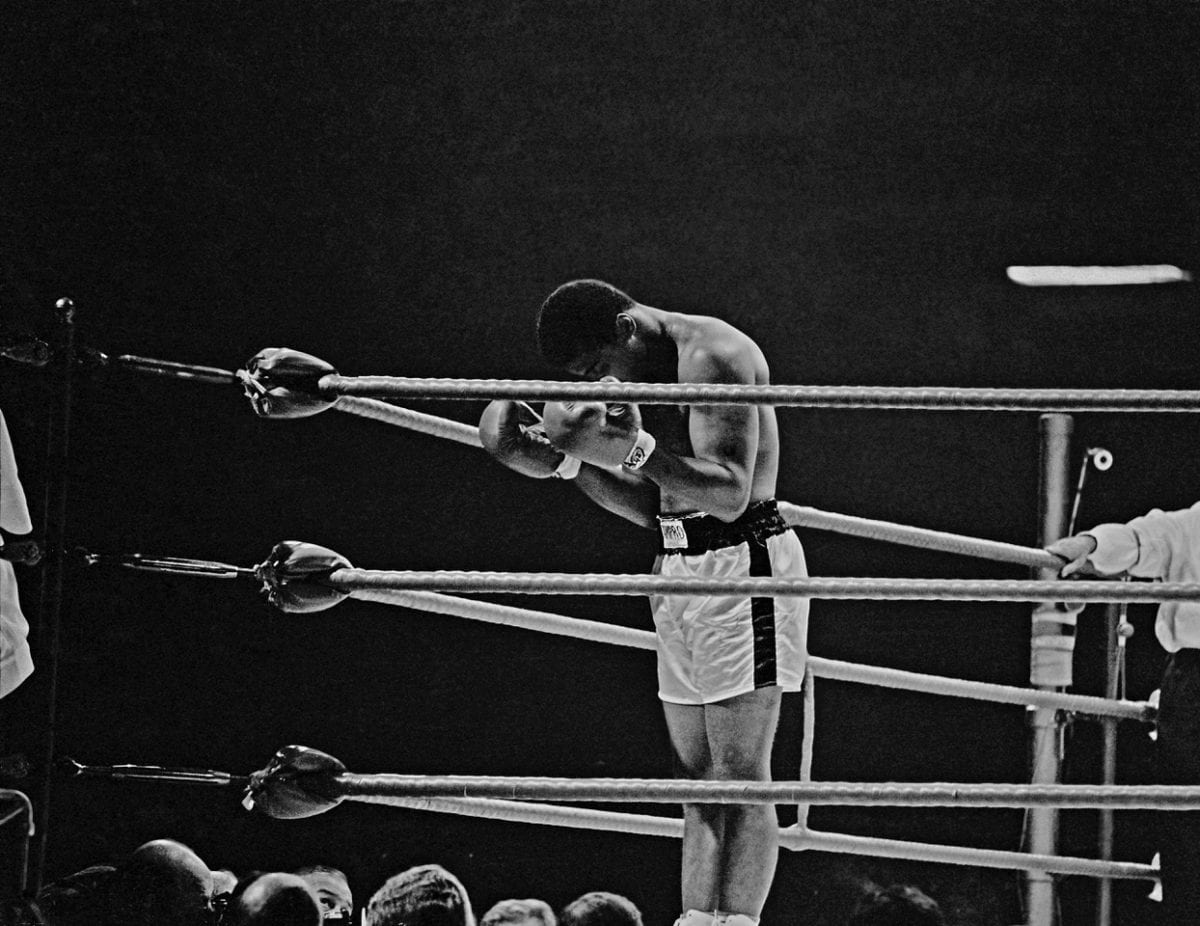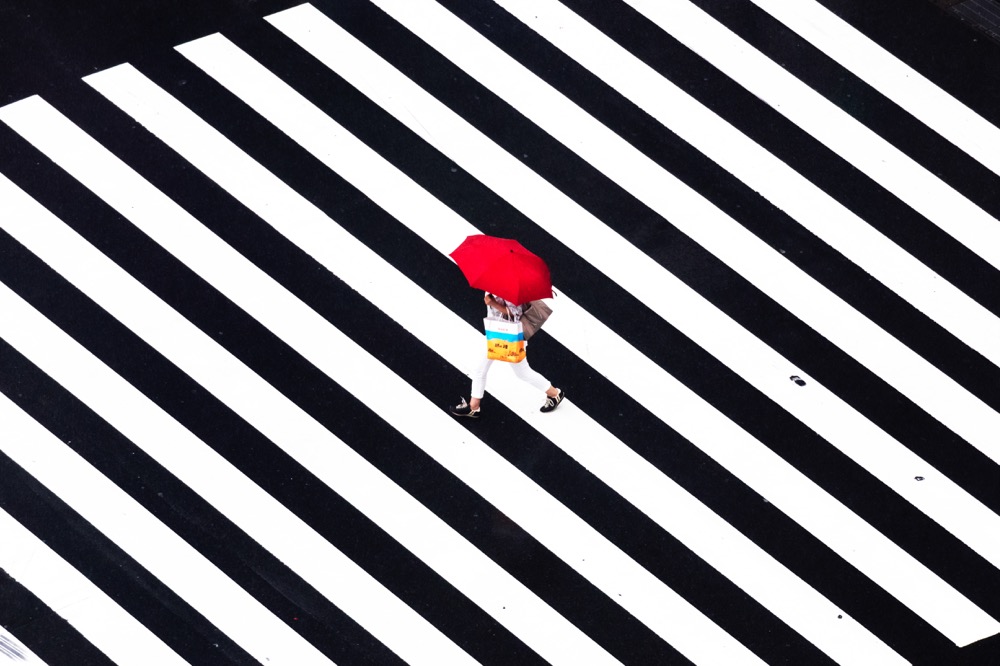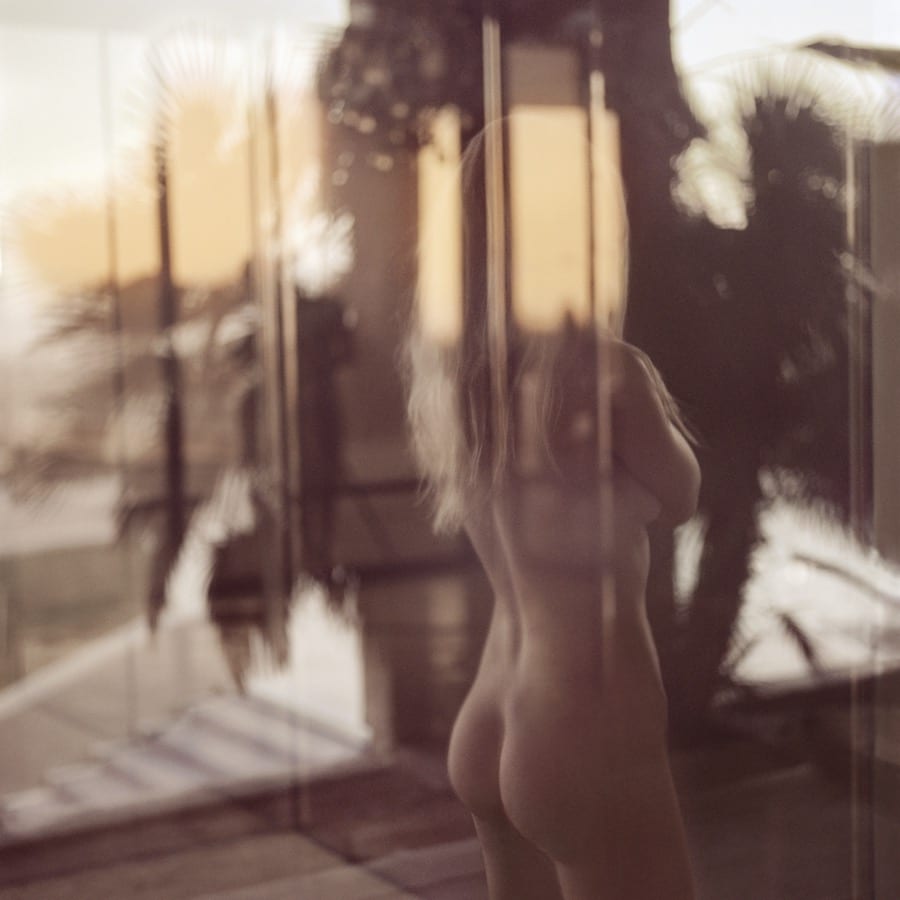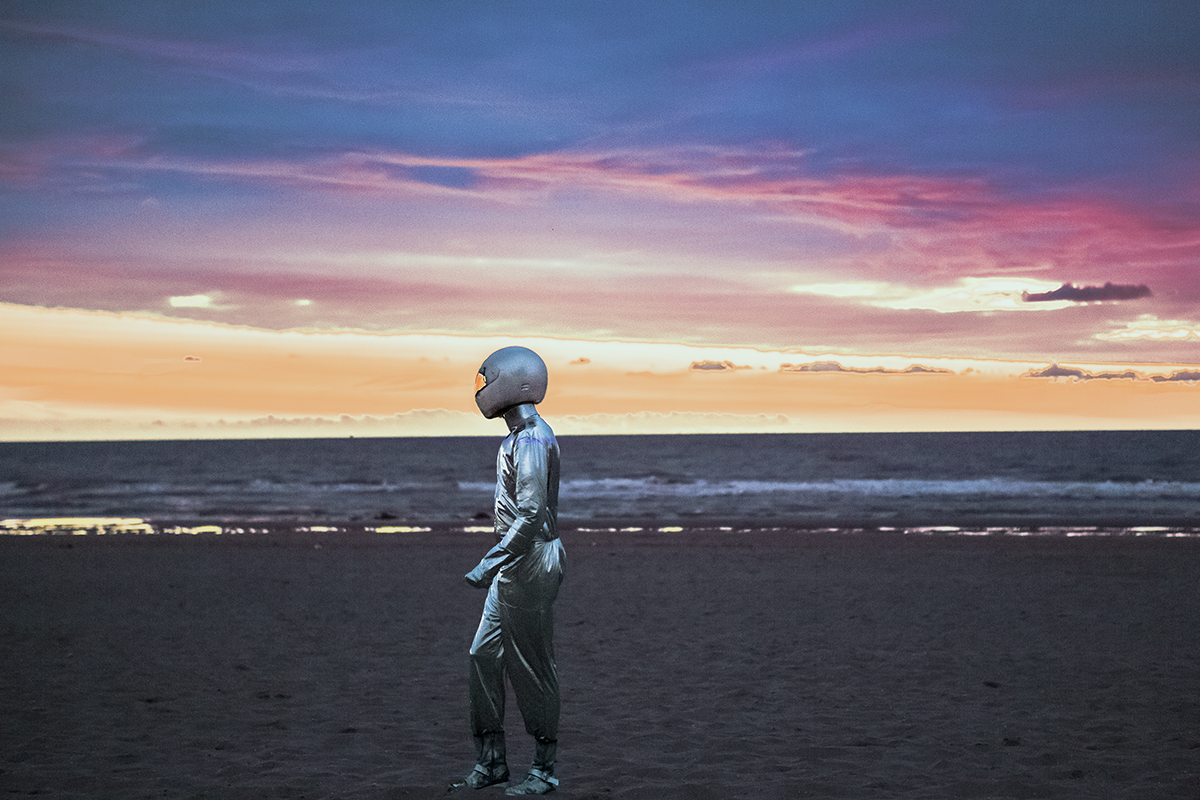
Even in the ephemeral age of the digital era, the old-fashioned photo book has remained steadfast—not only weathering the storm but coming out firmly on top. If everyone is now a photographer, then we have become more equipped than ever before to read the images that surround us. Far from undermining the professionals, this collective knowledge gives a new immediacy to the experience of viewing a photograph—we are all versed in the decisions involved in framing, cropping and editing. Instagram has undoubtedly given photography a wider reach and audience (a staggering 95 million images are shared on the platform every day), but the impact that it has had on the photo book is less often remarked upon.
Arguably, Idea Books kickstarted the photo book revolution in the digital realm, with snappy “you-know-you-want-it” captions (co-founder David Owen used to work in advertising) on sales of rare 1970s and eighties books. If that sounds like a niche market, think again: they now boast over 350,000 followers, having built their business first and foremost on Instagram. Publishers of top quality photo books, from Mack to Steidl to Morel, have followed suit with an ever-greater emphasis on their social media presence. If in doubt, check out the hashtag #photobookjousting
, a playful tag that nods to the growing competition between publishers for a share of the digital market.
Even as the photo book continues to grow in stature amongst a younger, social media-driven audience, the exhibition of photography in museums, galleries and other institutions still lags behind. The tides are slowly turning, but it remains an overlooked arena for many curators and gallerists. The Netherlands is one nation leading the charge for change, with the world-class Foam photography museum in Amsterdam (established in 2001) showcasing a mix of established and emerging photographers across four main spaces. The Netherlands Photo Museum in Rotterdam also celebrates the medium, located in a vast, repurposed shipping warehouse.
“As counterintuitive as it may seem, it is increasingly clear that social media is responsible for a photo book revival”
The Photo Museum plays host to photo fair Haute Photographie this week, with a main exhibition bringing together over 300 works by fifty photographers. The Talent Exhibition focuses on local photographers based in the Netherlands, many of whom are still early in their career. While the greater circulation of photo books (on and offline) have given many young photographers a new international audience, it is rarer to see their work exhibited in real life. Christopher Anderson, whose beguiling photo book Approximate Joy was published late last year by Stanley/Barker, is showing at the fair with The Ravestijn Gallery, while Toshiya Watanbe shows with Ibasho.
Naturally, there will be an opportunity to browse a curated book market. For budding photographers, a series of portfolio reviews will also be on offer, with the potential to blossom into a book ready to take on the #photobookjousting lot. The focus at the fair is on emerging talent, and it is unsurprising that all of those on show, from Joost Termeer to Bruno V Roels, maintain healthy Instagram followings to promote new book releases, exhibitions and other news. As counterintuitive as it may seem, it is clear that social media is responsible for a photo book revival, spreading the word for new talent more effectively than any PR campaign ever could. Swords, and smartphones, at the ready, then…
